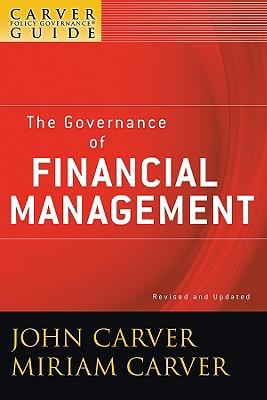Question
Evaluate the following project and make a capital budgeting decision by using net present value method, discounted payback period method and internal rate of return
Evaluate the following project and make a capital budgeting decision by using net present value method, discounted payback period method and internal rate of return method: Botanicals Ltd was established in 2018 to make specialty drinks. The management of the company has always sought to exploit different market opportunities. The chief executive of Botanicals, Flora, has identified another segment of the market that looks promising: alcohol-free gin. She believes that if she moves quickly and uses her highly-developed marketing skills, there is a good three-year investment opportunity. Consequently, Flora has decided to evaluate the marketing potential of the alcohol-free gin. The market research, which cost 10,000, showed that the gin could achieve a 10-15% share of the market. Flora has decided to undertake further analysis using the following information:
1. The project would make use of an existing warehouse which is currently rented to a neighbouring firm. Next years rental charge on the warehouse (year 1) is 10,000, and thereafter the rent is expected to grow in line with inflation.
2. In addition to using the warehouse, the project involves an immediate (year 0) investment in plant and equipment of 70,000. The plant and equipment have an estimated market value of 15,000 at the end of three years.
3. Production and sales by year during the three-year life of the machine are expected to be as follows: year 1 = 5,000 units, year 2 = 7,000 units and year 3 = 6,000 units.
4. The price of the alcohol-free gin in the first year will be 24 per bottle. The gin market is becoming highly competitive, so Flora believes that the price of the gin will increase at only 2% per year, as compared to the anticipated general inflation rate of 4% per annum. Conversely, the specialist botanical materials are rapidly becoming more expensive. Because of this, production costs are expected to grow at 10% per year. First year production costs are expected to be 15 per bottle.
5. Flora has determined, based upon Botanicals taxable income, that the appropriate corporate tax rate for the project is 19% per annum.
6. Flora believes that investment in working capital will be 20,000 in year 0. This is expected to increase to 40,000 in year 1 and 50,000 in year 2 before falling to zero at the end of the project. Working capital amounts are stated in nominal terms.
7. The companys debt to market value ratio is currently 20% and this is not expected to change if the project is taken on. The debt, which can be regarded as risk-free, attracts an interest charge of 8,000 per annum. The current risk-free rate on debt is 6% per annum and the market risk premium is 4% per annum. The equity beta is 0.8.
Step by Step Solution
There are 3 Steps involved in it
Step: 1

Get Instant Access to Expert-Tailored Solutions
See step-by-step solutions with expert insights and AI powered tools for academic success
Step: 2

Step: 3

Ace Your Homework with AI
Get the answers you need in no time with our AI-driven, step-by-step assistance
Get Started


